The recent Iceland volcano eruption on the Reykjanes Peninsula of southwest Iceland has drawn global attention, igniting both concern and curiosity. This geological event, while capturing headlines, raises questions about its impact, causes, and potential consequences. Here’s a comprehensive overview of the eruption and its implications.
Table of Contents
The Iceland volcano eruption Unfolds:
At 22:17 local time on Monday, the Icelandic Met Office confirmed the Iceland volcano eruption north of Grindavik, a town merely 4km away. Witness accounts describe the night as surreal, marked by explosions and eerie volcanic activity visible from afar. The eruption, visible even from Reykjavik, paints the sky in striking hues of red, a spectacle both awe-inspiring and alarming.
Preceding Events and Preparations:
The anticipation of volcanic activity lingered for weeks, following heightened earthquake occurrences in late October around Reykjavik. Approximately 4,000 individuals evacuated from Grindavik last month, foreseeing potential danger. The eruption’s proximity to this town raised concerns about the lava’s trajectory and its impact on inhabited areas.
Comparing Past and Present Scenarios:
Experts offer reassuring insights, asserting that this eruption differs significantly from the disruptive 2010 volcanic incident in Iceland, which paralyzed European air travel. Factors such as the volcano’s location and its capability to generate ash clouds distinguish the current eruption, minimizing expectations of similar consequences.
Mitigation Efforts and Assessing Risks:
Authorities remain vigilant and prepared for potential lava flows that could endanger residential areas and infrastructures like the renowned Blue Lagoon. Volcanologist Dr. Evgenia Ilyinskaya from Leeds University emphasizes that while uncertainties prevail, recent defensive measures and geographical disparities reduce immediate threats to structures and lives.
Governmental Response and Priorities:
Government officials, including Iceland’s Prime Minister Katrin Jakobsdottir and President Gudni Johannesson, affirm their commitment to safeguarding lives and property. Despite acknowledging the Iceland volcano eruption as a significant event, efforts focus on minimizing the impact on communities and essential structures.
Conclusion:
The Reykjanes Peninsula eruption in Iceland marks a notable geological event, evoking memories of past volcanic upheavals. While concerns persist, experts’ insights and proactive measures by authorities alleviate immediate fears of widespread disruption. This event serves as a testament to Iceland’s preparedness and resilience in the face of natural phenomena, emphasizing the importance of continuous monitoring and mitigation strategies.
The eruption’s progression remains a topic of interest and concern, yet current assessments suggest a more contained impact than historical volcanic events. As the situation unfolds, ongoing updates and concerted efforts aim to mitigate risks and ensure the safety of affected regions.
What caused the recent volcanic eruption in Reykjanes Peninsula, Iceland?
The eruption was triggered by heightened earthquake activity in the region, which had been ongoing since late October.
Where exactly did the eruption occur in relation to Grindavik, Iceland?
The Iceland volcano eruption started north of Grindavik, a fishing town situated approximately 4km away from the volcanic site
How has the eruption impacted nearby towns like Grindavik and Reykjavik?
The Iceland volcano eruption visibility from Grindavik and Reykjavik has raised concerns, but so far, there have been no reported injuries. The lava flow trajectory and potential risks to these towns remain monitored.
Is this eruption expected to cause disruptions similar to the 2010 Icelandic volcanic incident?
Experts suggest that this eruption is unlikely to cause the same level of disruption as the 2010 incident, considering differences in the volcano’s location and its potential to generate ash clouds.
What measures have been taken to safeguard communities and infrastructure?
Authorities have been proactive, with evacuations and preparations for potential lava flows. Defensive structures have been put in place, aiming to protect vital areas like the Blue Lagoon.
What is the government’s response to this eruption?
Government officials, including Iceland’s Prime Minister and President, emphasize prioritizing the safety of lives and structures while actively monitoring and addressing potential risks about Iceland volcano eruption.





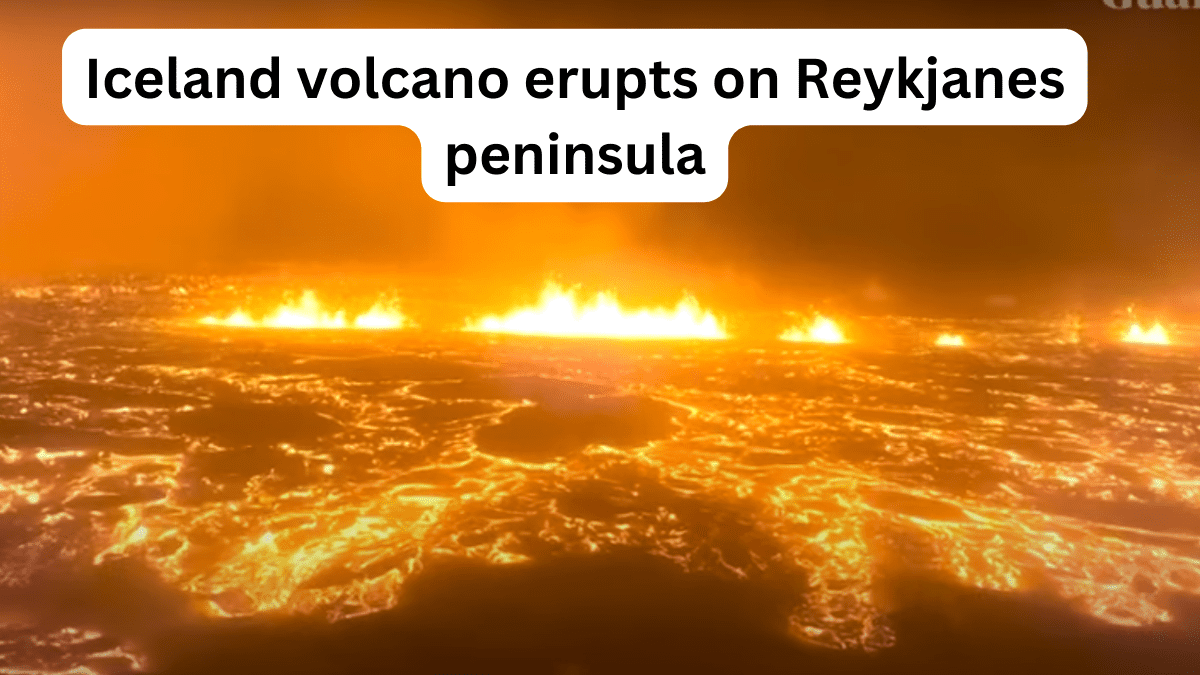

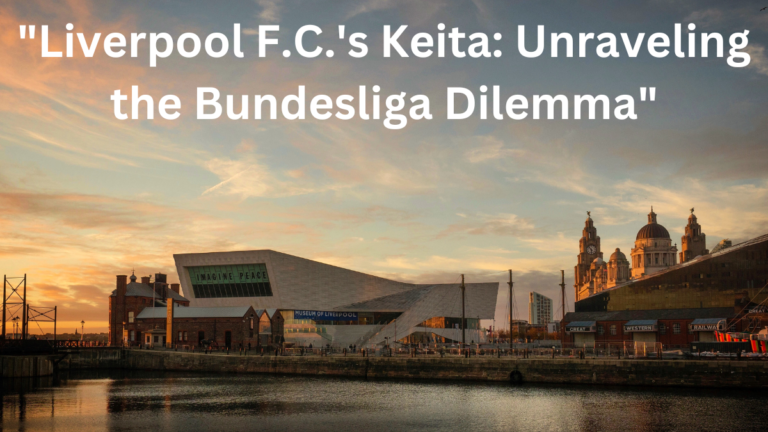
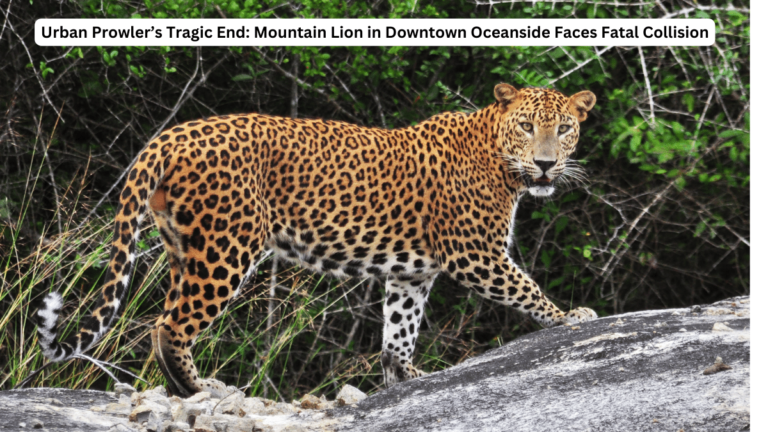



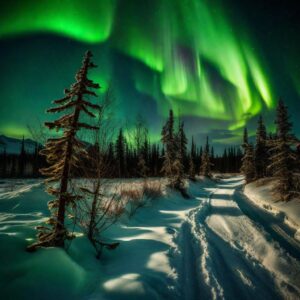

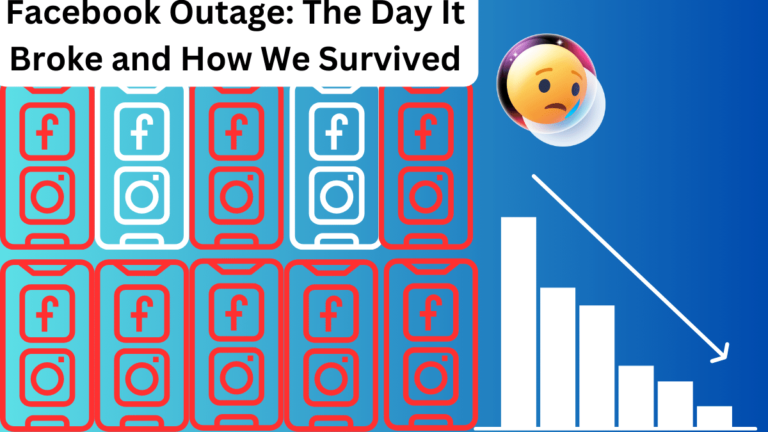







+ There are no comments
Add yours